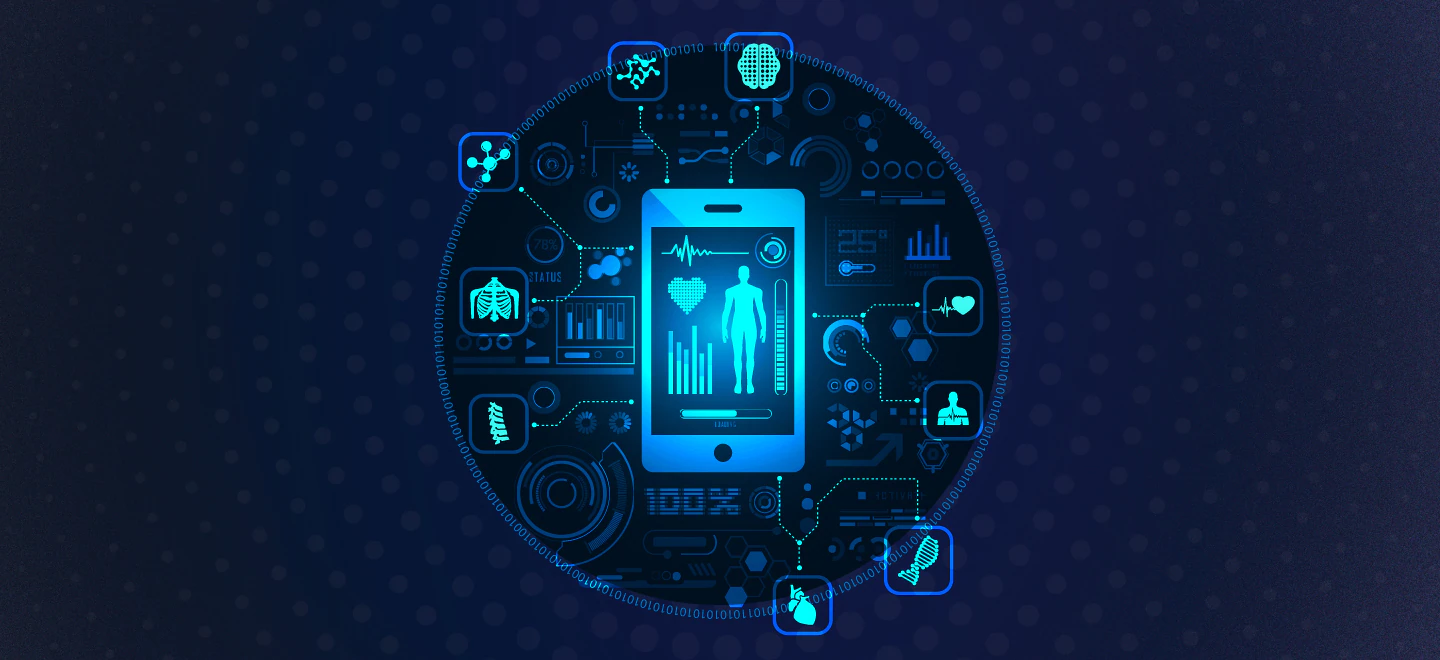Top 10 Technology Trends to watch for in 2022
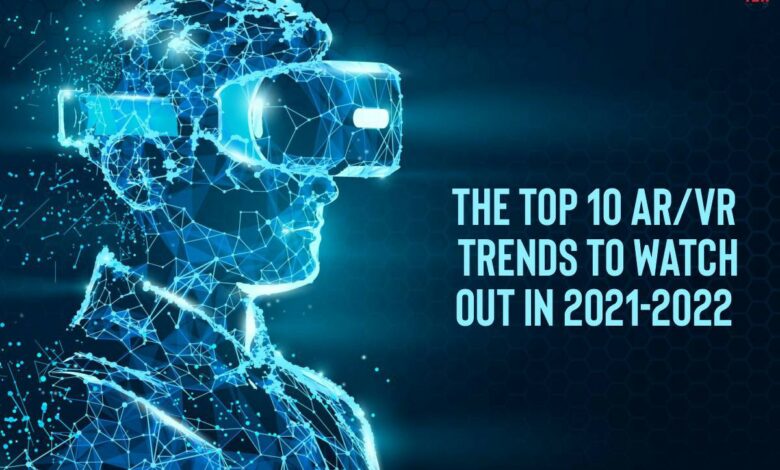
Top 10 Technology Trends to watch for in 2022
For diverse people, technology has a wide range of uses and connotations. Technology can be found at every turn in today’s environment. From your little convenience store to your neighbourhood deli, technology helps the world run more smoothly. While some people are hesitant to embrace new technological breakthroughs, most of us have technology in our homes. The smartphone and home computer are perhaps the two most common pieces of technology in most homes. There’s no disputing that, for better or worse, technology has become an inextricable aspect of our life. Here’s how to do it:
Education
The majority of educational system assessment is powered by technology. Technology has increased the testing choices available to most educational systems, with computers and iPads in almost every classroom. Teachers can manage report cards and grading papers more efficiently thanks to technology, which reduces working hours typically beyond the school day.
Communication
Technology has increased communication in both work and personal life. You may improve corporate communication with apps like Voxer, Skype, and other communication tools. These apps are also helpful for keeping in touch with family members who reside far away.
Security
Any family or business can feel safer thanks to security technology. Numerous security devices and software programmes are available to protect your financial information, your home while you are away, and much more. Technology is significant because it makes you feel safer in all aspects of your life, personally and professionally.
Supplies
As technology advances, more people will acquire supplies such as fresh water and food, as technology may help bring those products to individuals who would otherwise be unable to obtain them. Because of technology, there are more supplies available, whether it’s through applications that allow you to order takeout or sophisticated technology-driven equipment that bring water to towns.
Space
Without technology, the space industry would not have progressed as far as it has. NASA uses technology to discover new planets, track spacecraft, and more. Technology is critical in understanding more about the galaxy surrounding us to unveil the world’s hidden mysteries.
As you can see, technology is an essential aspect of our everyday lives. Eventually, we will have to embrace societal technology changes and learn how to operate with more tech-driven equipment. Technology is here, from local restaurant kiosks to downtown grocery stores with self-checkout lanes, and it is here to stay.
As the new decade begins, now is the ideal moment to assess and set trends for the year ahead! Take a look at how far technology has progressed in the last ten years to see what can spark your interest in the following year. In this piece, we’ve examined the latest technology trends.
From 5G networks and social robots to Amazon‘s Voice-Echo for shopping, the future seems bright; 2019 has already ushered in a slew of top technological trends and advancements, with Amazon on track to surpass $40 billion in revenue by 2022!
Businesses and individuals who do not keep up with the following tech trends risk being left behind as technology advances at a breakneck pace.
So, without further ado, here’s a list of some remarkable technological developments!
Following are the Top Technology Trends to Look out for in 2022:

1. Artificial Intelligence Technology as a Service
As opposed to natural intelligence developed by animals such as humans, machine intelligence is referred to as artificial intelligence (AI) as defined by leading AI textbooks, the study of “intelligent agents,” or systems that understand their surroundings and take behaviours that maximise their chances of attaining their goals. Leading AI researchers, on the other hand, reject this definition, which utilises the term “artificial intelligence” to refer to computers that mimic “cognitive” processes such as “learning” and “problem-solving” that people identify with the human mind.
AI applications include advanced search engines (such as Google), recommendation systems (such as YouTube, Amazon, and Netflix), understanding human speech (such as Siri and Alexa), self-driving cars (such as Tesla), automated decision-making, and competing at the highest level in strategic game systems. When machines become more capable, actions that were earlier regarded to require “intelligence” are gradually being omitted from the AI concept. Optical character recognition is sometimes disregarded in AI debates despite its extensive use.
Artificial Intelligence Technology, or AI, is the most cutting-edge technology trend now in use. It is a computerised system designed to do image recognition, speech with decision making, and pattern identification by simulating human behaviour and intellect. These are tasks that AI can perform more precisely and quickly than humans!
Because of how it affects our lives, AI has gained much attention in recent years and will continue to be a 2022 trend.
You’re using an AI-powered service whether you utilise navigation or map apps, streaming online services, personal assistants on smartphones and smart home devices, and so on.
AI is being utilised to schedule flights, forecast business risks, assess maintenance, increase power efficiency, and much more by various businesses.
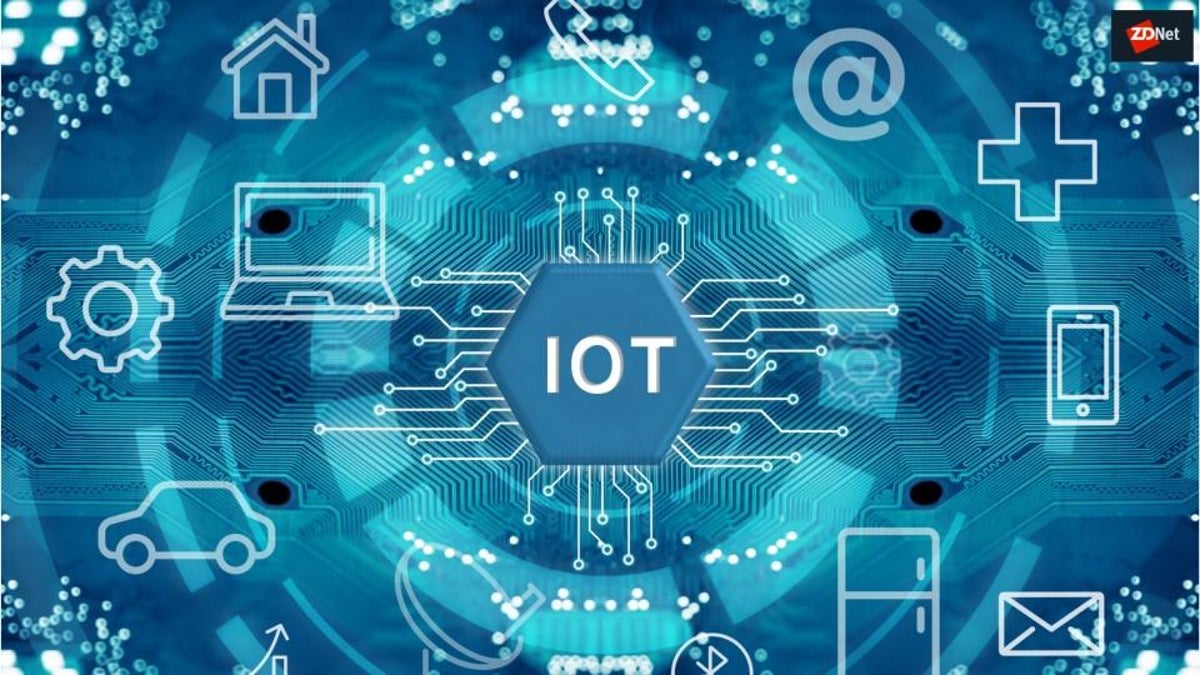
2. IoT- Internet of Things
IoT refers to physical objects (or groups of such entities) equipped with sensors, processing power, software, and other technologies. It may communicate with other devices and systems over the Internet or other networks.
The area has advanced because of several technologies, such as ubiquitous computing, commodity sensors, increasingly powerful embedded systems, and machine learning. Traditional domains, including embedded systems, wireless sensor networks, control systems, and automation, enable the Internet of Things technology. IoT is most closely involved in the design that supports the concept of the “smart home” in the consumer market, like lighting fixtures, thermostats, home security systems and cameras, and other household appliances that can be monitored by devices associated with that ecosystem, such as smartphones and tablets. The Internet of Things can also be used in healthcare.
There are several concerns about the risks associated with the growth of IoT technologies and products, mainly in the areas of privacy and security, and as a result, industry and government efforts to address these issues have begun, including the creation of international and local standards, guidelines, and regulatory frameworks.
WiFi connectivity is allowing a slew of new “things” to emerge, allowing them to connect to the Internet—and each other. As a result, these devices are referred to as the Internet of Things, or IoT.
Thanks to the Internet, thanks to the Internet, devices, home appliances, supercars, and other items can already be connected to and shared via the Internet.
As information is collected and analysed through the Internet, this technology trend will empower organisations to improve their security, efficiency, and decision-making. It can enhance maintenance forecasts, healthcare delivery, customer service, and other industries.
However, the IoT’s technological improvements are still in the early stages of growth.
The IoT possibilities are expected to change to enhancing and automating in 2022, demonstrating how people interact with the linked world.
3. Personalized & Predictive Medicine
Medical treatment is progressing at a rapid pace thanks to technological advancements. The capacity to acquire data about a person’s lifestyle from smartwatches (such as the Apple Watch, Fitbit, and others) allows medical practitioners to predict and even treat potential health issues before a patient exhibits any symptoms.
American insurance companies announced in early 2019 that they plan to quit providing traditional life insurance and instead focus on interactive insurance plans that use wearable devices and smartphones to track data about fitness and health.
This means that insurance firms will follow and consider each customer’s medical status only after the risks connected with their lifestyle and habits have been determined.
This technology trend will assist doctors in prescribing more tailored medicine, also known as predictive medicine when treating these patients. In 2022, data-driven awareness of how effective specific therapies are on people will propel the healthcare sector forward.
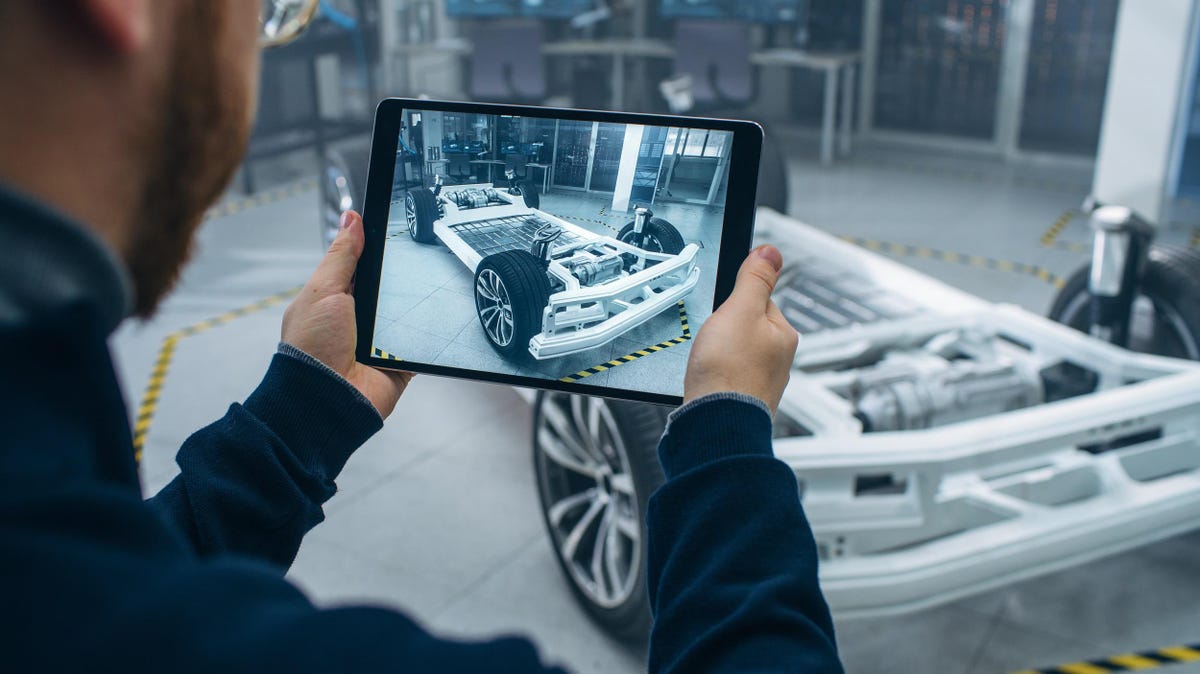
4. Augmented Reality
Augmented reality (AR) is a technologically augmented version of the natural world created through digital visual elements, music, or other sensory stimulation. It’s a developing technology among businesses that deal with mobile computing and commercial apps.
One of the augmented reality’s key goals, amidst the expansion of data collecting and analysis, is to highlight some aspects of the physical environment, raise comprehension of those features, and generate sensible and accessible insight that can be used in real-world applications. Big data may help organisations make better decisions and acquire insight into consumer purchasing habits, among other things.
Adding a blend of digital aspects to real-life images is known as augmented reality or AR. It’s being researched for various uses, ranging from entertainment to medicine and education.
It’s one of the most intriguing technological trends in recent years. Thanks to incredible technological advancements, it is only now applied to real-life circumstances and possibilities.
In 2019, Apple officially embraced augmented reality with a ground-breaking integration into its iOS operating system. This will allow immersive visual material to integrate into daily browsing smoothly.
One of the many solid AR applications is that a Google search for “Apples” will show 3D models on smartphones instead of simple 2D photographs in the near year.
Even in healthcare pitches, this cutting-edge technology assists in reconstructing tumours in 3D so that surgeons can watch x-rays in real-time and minimise dangerous radiation exposure to the patient.
According to research, the market for augmented reality will reach approximately $50 billion by 2021.

5. Cybersecurity
Cybersecurity does not appear to be a new technology trend because it has existed for some time, but it is evolving at the same rate as other technologies.
Hackers that try to get unauthorised access to data will stop attempting to steal your personal or sensitive information anytime soon. They’ll continue to devise new ways to circumvent even the most sophisticated security measures.
As a result, cybersecurity will continue to evolve as a new technology trend tailored to increase security and defend you from those hackers.
As evidence of a critical need for cybersecurity workers, the number of cybersecurity jobs is expanding three times faster than other computer jobs. However, there is a scarcity of qualified persons to fill these roles on the market. As a result, it’s expected that by 2021, there will be 3.5 million cybersecurity employment openings.
Over the next several years, the globe will undoubtedly see a rise in investment, training, and education in this technology trend. With personal data in danger, cybersecurity is more critical than ever.

6. Blockchain
It is a database that digitally stores data. Blockchains are well-known for their crucial function in maintaining a secure and decentralised record of transactions in cryptocurrency systems such as Bitcoin. The Blockchain’s uniqueness protects a data record’s authenticity and security while also building confidence without the need for a trusted third party.
The structure of the data on a blockchain differs from a traditional database. A blockchain organises data into groupings called blocks, each containing data collection. Blocks have specific storage capabilities, and when they’re full, they’re closed and linked to the preceding block, producing a data chain known as the Blockchain. All additional information added after that newly added block is compiled into a new block, which is then added to the chain after it is filled.
A database organises data into tables, whereas a blockchain, as the name implies, organises data into chunks (blocks) that were already strung together. This data structure creates an irreversible data chronology when implemented in a decentralised fashion. When a block is filled, it is added to the timeline and permanent. Each block is assigned a unique timestamp when added to the chain.
Blockchain has enormous potential to revolutionise enterprises, particularly financial institutions, digitally. While it is now only used in a few industries, it will be widely used by 2022.
In 2022, Facebook will launch a blockchain-based cryptocurrency called Libra, which might cause quite a stir in the currency market.
Cryptocurrencies, a key Blockchain component, will be separated into multiple currencies and exchanged on the market at a high value.
By 2021, 77 per cent of fintech companies expect to use Blockchain as part of an internal production process.
According to a report, by 2025, the commercial value contributed by Blockchain will be more than $176 billion, and by 2030, it will be more than $3.1 trillion.
Blockchain is increasing, making it one of the most important technology developments in 2022. The futuristic technology of Blockchain is unquestionably here to stay!
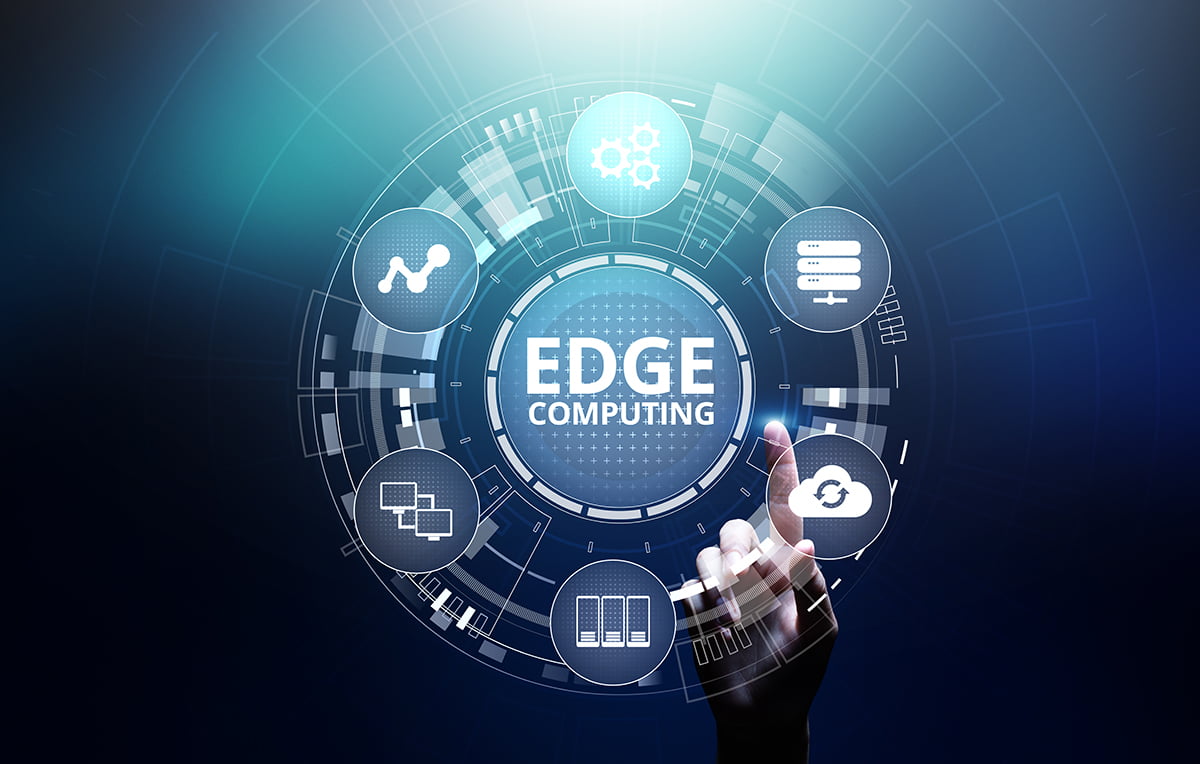
7. Edge Computing
Edge computing brings computation and data storage closer to the collecting device, rather than relying on a single central point that could be hundreds of miles distant.
It’s done this way so that real-time data doesn’t get stuck in storage, which might hurt an application’s performance and output. Businesses save money by permitting local processing, which reduces the amount of data that needs to be processed at a cloud-based site.
Edge computing was created to address some of the latency issues associated with cloud computing and data transmission to a data centre for processing. In these instances, edge computing can act as a small data centre, processing time-sensitive data with little or no connectivity.
Edge computing will become more popular as the number of Internet of Things (IoT) devices rises.
By 2022, the worldwide edge computing industry will reach $6.72 billion. Like any other developing market, it will generate various job opportunities, particularly for software engineers.
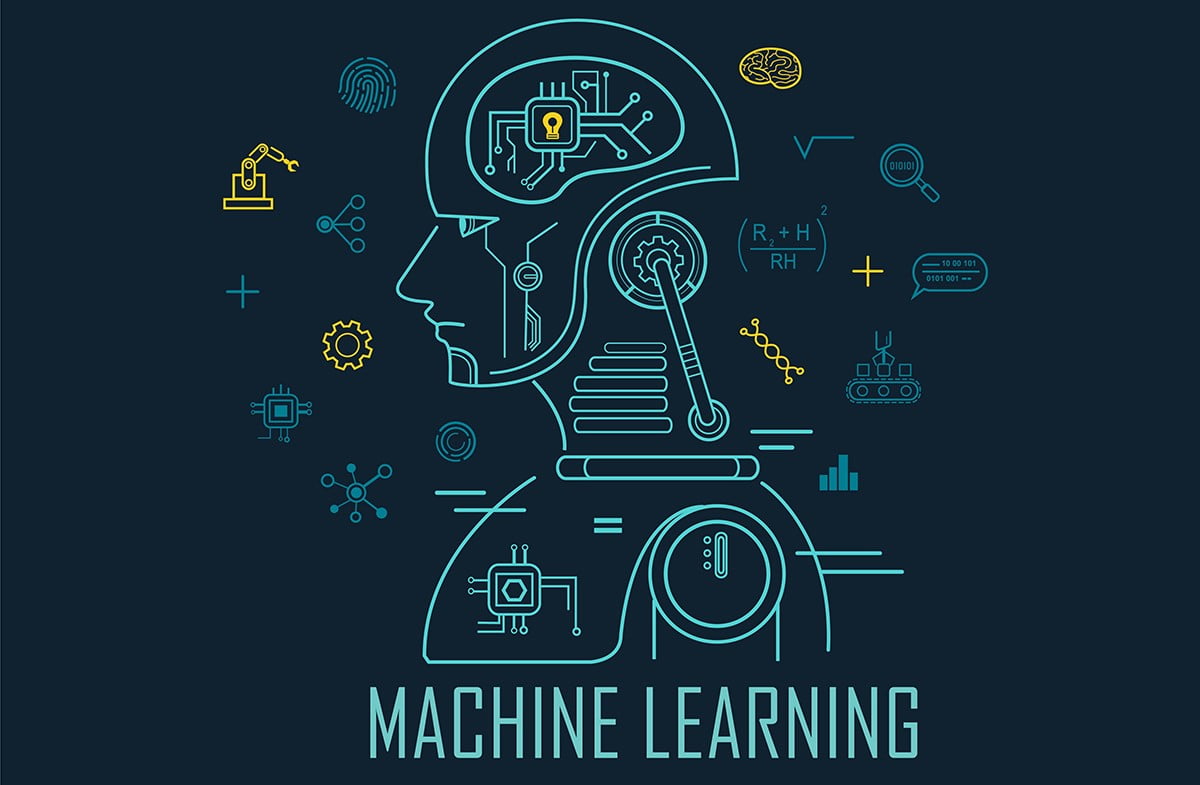
8. Machine Learning
Machine learning, also known as ML, is a critical component of AI, but it is divided into several categories, including visual models, natural language processing (NLP), and deep learning.
Machine learning has already proven revolutionary in the transportation industry, allowing self-driving cars to become a reality. With the help of machine learning, even the most traditional and traditional companies, such as the supply chain, have been able to shift at breakneck speed.
This technological movement is also assisting people in leading safer lives by performing professions that may be exceedingly dangerous, such as drones, and robots powered by machine learning have taken over high-risk operations such as bomb defusing and gas pipeline testing.
According to a Forbes report, by 2020, machine learning would generate $2.6 trillion in marketing and emerging top technology trends and $2 trillion in the manufacturing and supply chain industries.
According to the most recent updates, machine learning will be a breakthrough in 2022.

9. Voice Search Technology
Users can utilise voice search to generate results instead of inputting queries into a device. Speech recognition is a technology trend that employs high accuracy to understand what a user is saying. The user is then informed of the outcome through voice.
For a long time, voice search technology has been on the market. Speech-to-text software and voice dialling are two remarkable instances of voice search. As we previously noted, gadgets like the Amazon Echo use voice search as their primary function.
Because of these broad characteristics, this technology trend enhances the user experience to the maximum extent possible– and as a result, voice search technology will account for 50% of all internet searches by 2020.
Voice SEO is becoming more critical to search engines like Google; a study found that voice search eCommerce improves online transactions, website income, and brand exposure.
As a result, if you optimise your website for voice search, you will be ahead of the game and notice solid voice search rankings that will help your business develop.
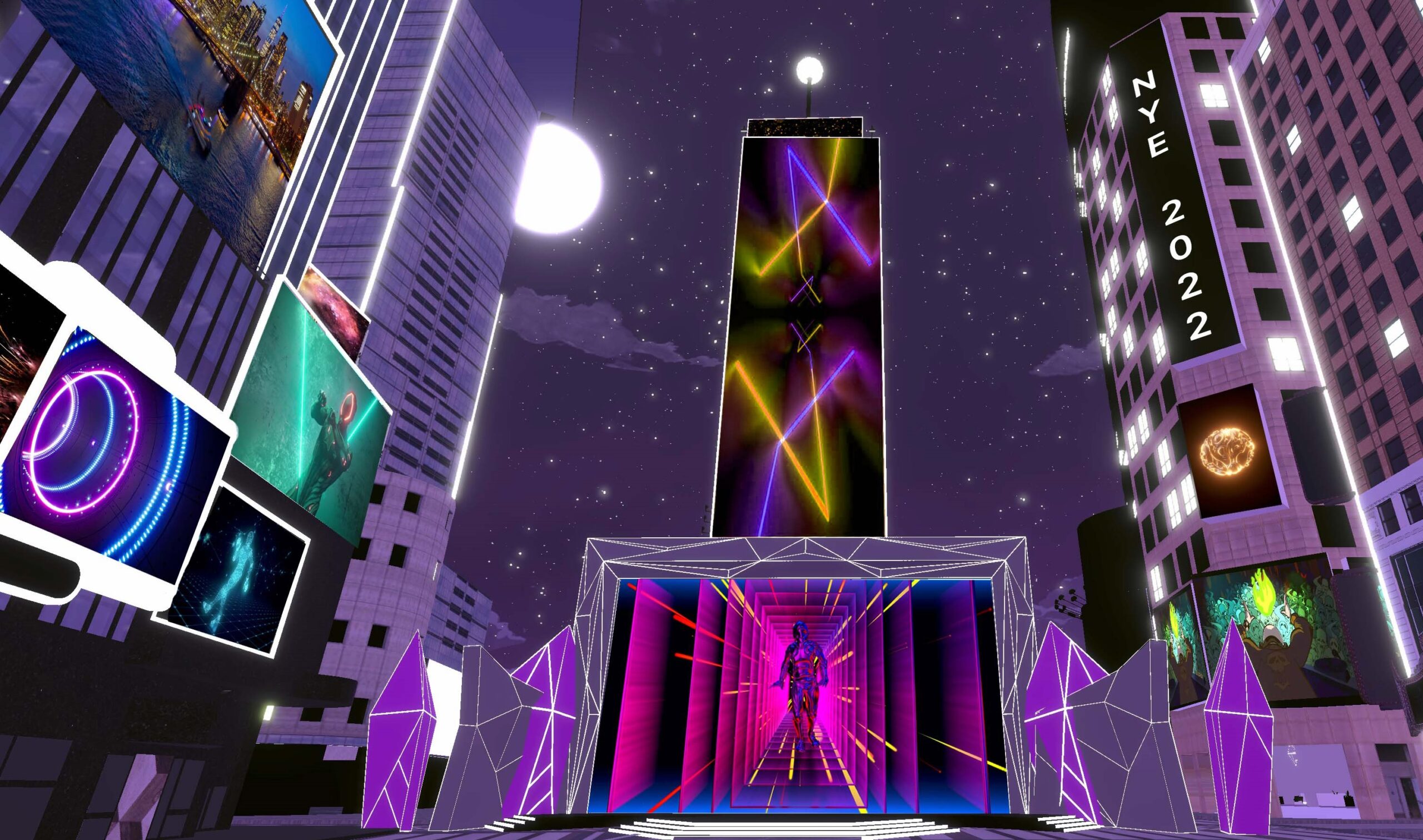
10. Metaverse
The Metaverse, popularised by Neal Stephenson’s 1992 sci-fi novel Snow Crash, is a collection of shared online settings that merge actual, augmented, and virtual reality. People can interact, work, travel, buy goods and services, and attend events. While several virtual worlds are available on the Internet, people cannot yet move between them while maintaining their identities and possessions.
This challenge might be solved in the future by combining diverse internet realms into a single, seamless one. It’s even been labelled the Internet’s next phase.
Some tech CEOs believe Metaverse will be the next big thing after mobile Internet. CEOs of IT organisations ranging from Microsoft to Match Group addressed their roles in the Metaverse in 2021. Facebook changed its name to Meta in October 2021 to reflect its new metaverse emphasis.
Conclusion
These top technological trends will focus on the tech world’s attention in 2022, which is expected to be a year of advancements.
- Hopefully, these new tendencies will yield positive and beneficial outcomes, providing great job opportunities today and in the future.
Article Proofread & Published by Gauri Malhotra.

